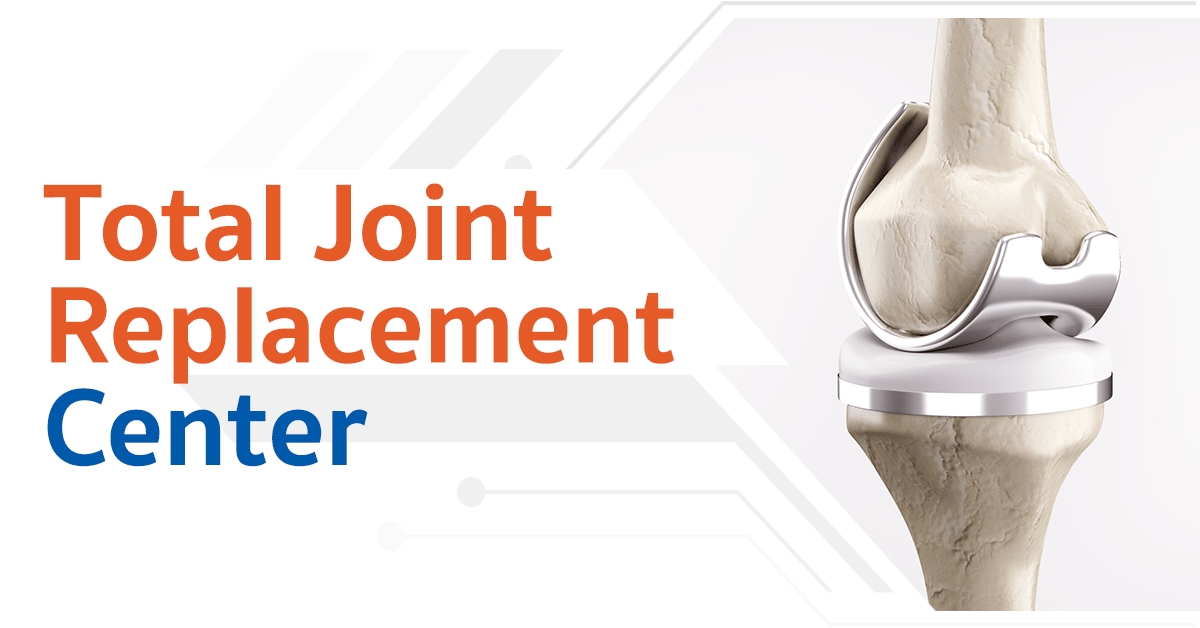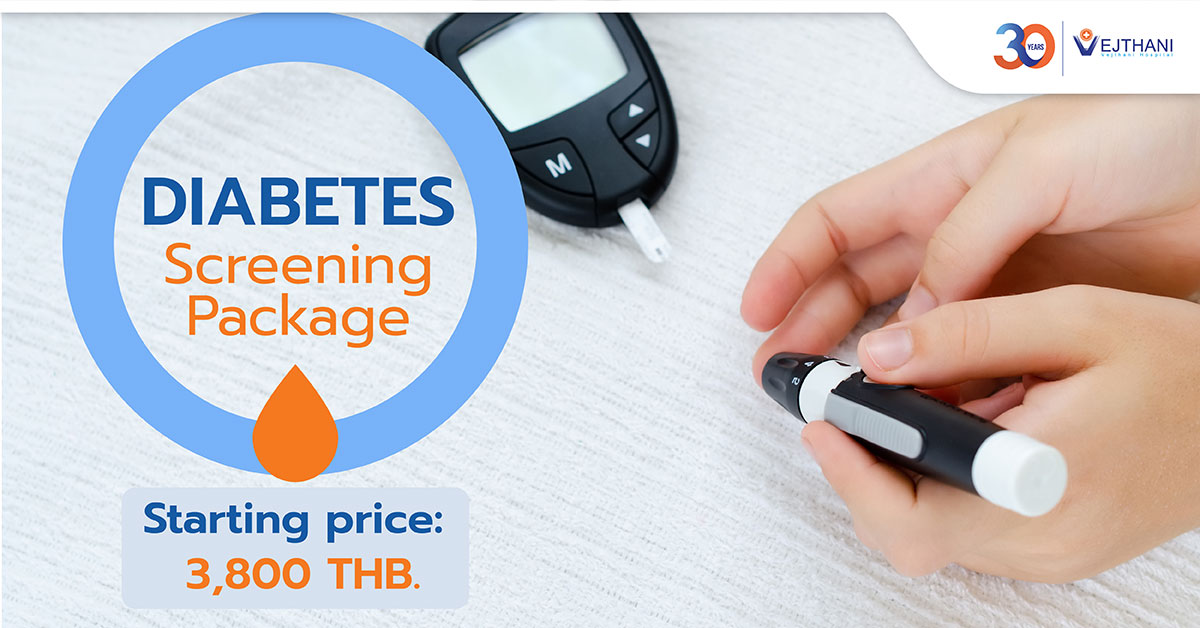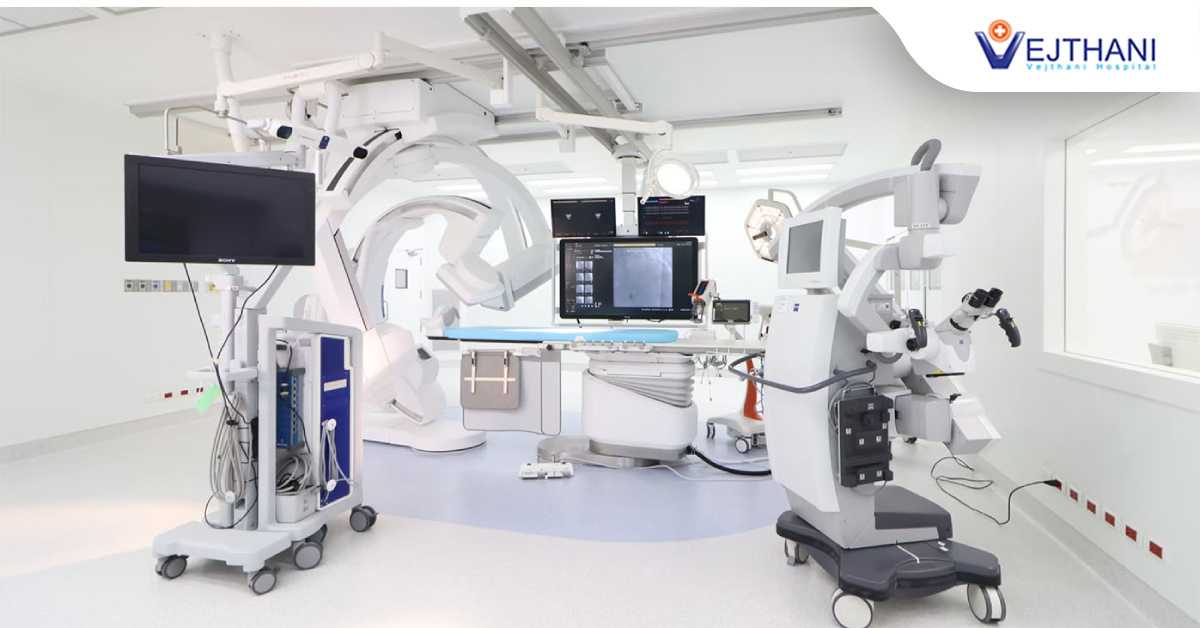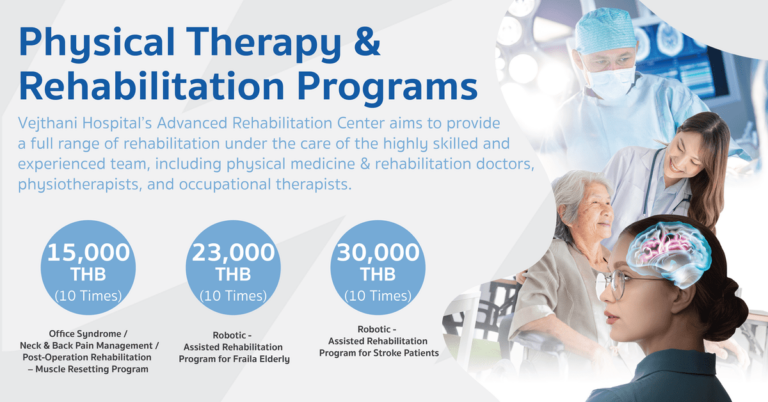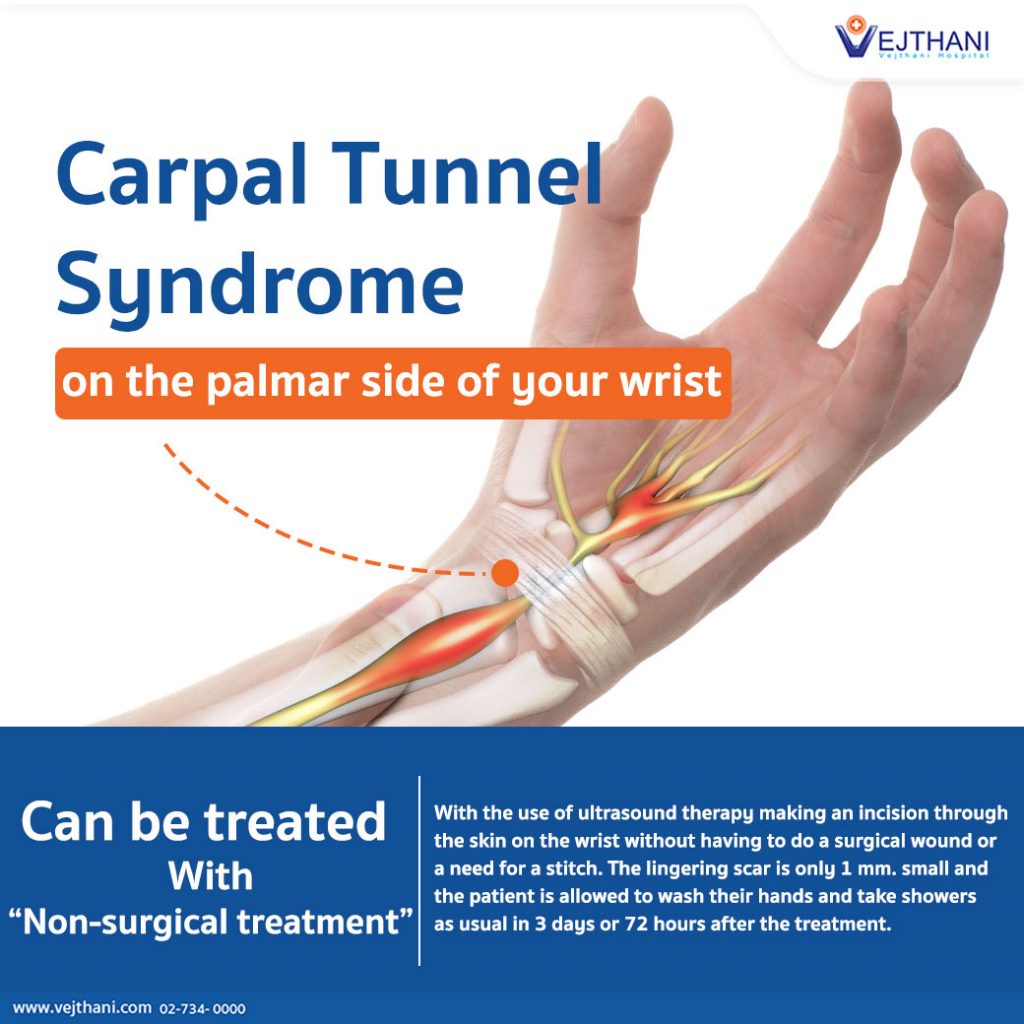

CTS or Carpal tunnel syndrome Caused by thickening of the carpal tunnel, a narrow tube located on the palm-side of your wrist, from repetitive hand motions or positioning your hands at a same angle for a long period of time. The inflammation of the carpal tunnel then compresses the median nerve as it passes into your hand. The median nerve provides sensation (ability to feel) to the thumb, index finger, long finger and to half of the ring finger. The impulse to the muscle leads to thumb is also supplied by the median nerve.
When the median nerve is being compressed by excess pressure in the carpal tunnel, it causes you to feel numbness, weakness, pain and burning sensation on your hand and on the side of your fingers. You can also experience pain that feels like an electric shock in your hand from the carpal tunnel syndrome (CTS). The carpal tunnel syndrome (CTS) symptoms may occur in the middle of the night, after waking up in the morning or after a continuous use of your hand which will lead to an upsurge of the condition. You will experience constant pain when the symptoms become severe. It will affect the impulse of your muscles and reduce the strength of your grip and leads to difficulties in carrying objects or frequently dropping them.
“Actually, the function of fascia in the carpal tunnel is to increase the strength of your wrist and hold the weight/force of the hand as well as helping the tendons in the tunnel to work effectively. However, due to the excess use of your hand in a tight grip for a long time, the inflammation of the carpal tunnel occurs. The tube can swell up to 3-4 millimeters to the point that it compresses the median nerve. The carpal tunnel syndrome (CTS) is commonly found in people who use their hands in bent position for an extended period of time and frequently employ vibrated tools.” Currently, there is a technique available to treat carpal tunnel syndrome (CTS) by using an ultrasound therapy to make an incision through the skin on the wrist without having to do a surgical wound or a need for a stitch. The lingering scar is only 1 millimeter small and the patient is allowed to wash their hands and take showers as usual in 3 days or 72 hours after the treatment. This treatment method will not damage the surrounding tissues and nerves that are not related to the carpal tunnel unlike the traditional open wound surgery.
- Readers Rating
- Rated 3.5 stars
3.5 / 5 ( Reviewers) - Very Good
- Your Rating












